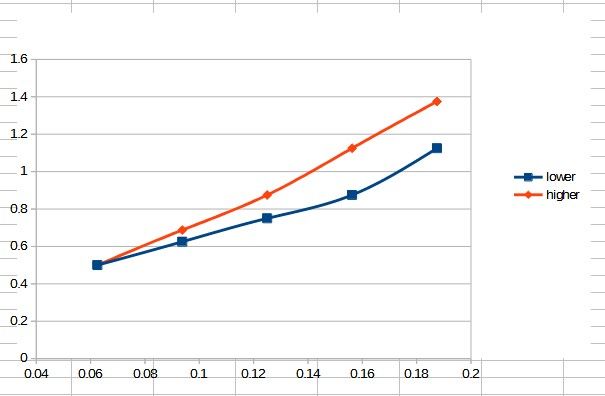Jason I'm sorry that I did not make myself clear, that the end plates are under the same stress as the shell and that the end plates will be the same thickness as the shell, then the stay calculations have to be done to deal with loading, these calculations are in several books. Looking at drawings for Lion in 3.5" the tube plates Etc are the same as the shell but for Butch in 5" some flat plates are thicker, outer fire box while the inner is the same as the shell. My 6"vertical has shell and tube plates at 10G.
But looking at Model boilermaking by E.L. Pearce, Page 9, like John Haining, he suggests using 25% thicker plate than that for the shell.
K.N. Harris states (pages 29 & 30 ) the stay spacings for as jason says of 100-120 psi but then follows it up with the calculations and TableVI at the back gives stay strengths for various BA sizes and materials.
I hope this will be helpful. Noel.
duncan webster 1.





